In Senegal, Female Empowerment, Prestige and Wealth Is Measured in Glittering Gold
The African Art Museum’s new exhibition delves into a tradition that is both ravishingly beautiful and hauntingly fraught
:focal(950x847:951x848)/https://tf-cmsv2-smithsonianmag-media.s3.amazonaws.com/filer/7a/f7/7af7e340-6ff6-4a59-9ff9-b546f8ee475e/signaredegoree.jpg)
In Dakar, Senegal, a woman goes into a dark, small room called an m’bar, a goldsmith studio. The walls are covered with black dust, and she is there to commission an intricate piece of gold jewelry that will be part of her family’s wealth, as well as a symbol of her status, political power and prestige. She’s accompanied by a griot, who will sing songs praising the client’s family connections and her beauty to inspire the teugue, the goldsmith, to create an especially exquisite piece of jewelry.
“Very often there was just one little bulb hanging in that room, and you would wonder how in the world they could do the very fine, delicate work that they did,” explains art historian Marian Ashby Johnson. “There was a small hole in what was sometimes a mostly dirt floor. That was where they had their furnace, where they melted the gold and made it into beautiful things.”
Those things included complicated gold necklaces of flowers or butterflies, with almost impossibly tiny filigreed wires twisted into soaring tubular shapes, or twined into bracelets that seem almost too heavy to wear. There are rings with stylized domes that look as if they belong in a castle, and chokers that look like undulating fish scales supporting a main ornament that looks like it could be a tiny replica of a golden city.
“The presentation of these goldsmiths is incredible, but what they have to go through to get the filigree, like tiny little lines of wires of gold, took a long time,” says Johnson, who went through their catalogues and saw the drawings they had done to make designs to please women who wanted to give their own take on existing designs. “They had to pull it through a plaque that was full of different sized holes. They would start out with a piece of gold and they would have to pull it through until they got to the finest that they could do for the filigree. It was an enormous process.”
Johnson spent decades doing research in Senegal, interviewing goldsmiths and their clients about the precious metal that is so much a part of the West African nation’s history and culture. Johnson donated 250 works of jewelry along with her archival notes and photographs for the new exhibition “Good as Gold: Fashioning Senegalese Women,” now on view at the Smithsonian’s National Museum of African Art. The show chronicles the varied styles of the gold jewelry and its history. But it is also about the women who designed and wore these spectacular pieces, and the messages behind them.
“This is primarily a story about women. It was of course a story about fashion, and I looked at fashion a lot around the city as an urban center and as a way of . . . offering a sort of platform for women to use jewelry and sartorial expression to get by,” explains the exhibition’s guest curator Amanda Maples, who notes that the collection spans the 20th century and into the 21st century.
/https://tf-cmsv2-smithsonianmag-media.s3.amazonaws.com/filer/fe/da/feda7ce8-071c-4ceb-9247-82e6271936d9/sg-20-90.jpg)
“The jewelry is still a way of fashioning self-identity and city and cultural identity, politics, all of that comes together in the jewelry. . . . But I wanted to go into those deeper hidden meanings of women . . . and how they use it to sort of create this under the surface sense of connectivity in a local but as well as in a global way,” she says.
Senegalese women, Maples notes, have historically used jewelry to create a cosmopolitan identity of power and prestige. A key component of “Good as Gold” is sañse, pronounced “sahn-say.” It’s a word from the Wolof tribe derived from the French changer, to change or transform. It means “dressing up,” but it also illustrates the concept of the presentation of a fabulous public persona. Maples explains that the women use gold jewelry to create an elegant, sophisticated public self. That includes everything from elaborate coiffures and scarves, showing off a woman’s finest ceremonial garb, all the way down to beautifully designed sandals and the tinkling of gold bracelets. Through these outfits, Senegalese women are using fashion for sociopolitical and economic ends as well as celebrating their own history.
“There were definitely designs and styles that were created for specific events or architecture. Women were valued in the community and (the jewelry) would actually be named after these women,” Maples says, “but there is also this sense of individuality that had to be pulled out. So there’s this commonality in terms of a recognizable style that you would see not just in Dakar, but often throughout the country. . . . So, you get this empowerment in the piece as well as the community and the woman herself.”
There’s a pair of earrings in the collection called Pauline Diack, named after a beautiful, famous midwife from Saint-Louis. The earrings were designed and named, in consultation with Diack, by a close female friend and were made by goldsmith Magueye Niang in 1944. The curators note the Senegalese women were known for their political activism, and jewelry was often used to commemorate political events, people or causes. There’s a bracelet in the collection called Loi de Lamine Guéye, named after the politician Lamine Guéye, who helped Senegalese women earn the right to vote in French colonies. Women attended his speeches simply dripping in finery and gold jewelry.
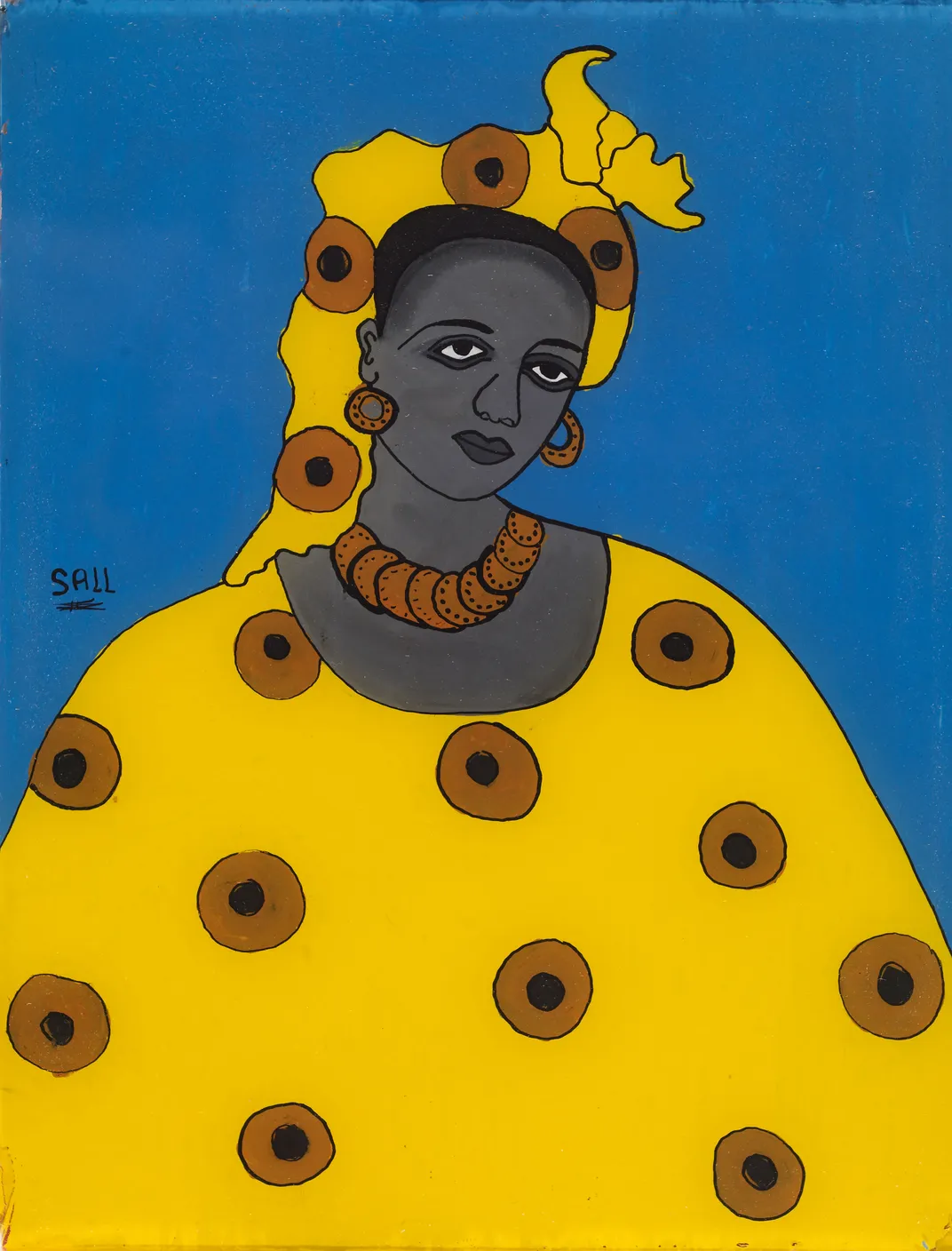
“Good as Gold” celebrates the essential role Senegalese women have played in trade and politics since the Portuguese created ocean trade networks in the 15th century. But part of their story is disturbing. Called signares, from the Portuguese word senhoras, these incredibly powerful women made waves culturally and economically as well as being known for their beauty and business savvy. Maples says there’s not really an English translation for the word.
“It’s sort of a hybrid French and Portuguese word. It’s not Senegalese. But the women themselves were sort of Afro-European and they were temporarily marrying essentially European men. This was advantageous for the men as well as the women. They already spoke several languages, quickly adapted to the European languages and were able to access the trade networks particularly the one to the gold and to the interior,” Maples explains. “But the women then inherited the property and any income from that when the men left. . . . So the women as well as their children then inherited all that wealth from the gold trade, and from the trade of slaves.”
The 18th and 19th century signares gained their wealth primarily through ownership of property by the so called “marriages of the land” with Europeans, and through their ownership of slaves and gold. It made Maples uncomfortable to talk about this part of their history, even though headhunting and slavery were common in West Africa even before the Trans-Atlantic slave trade begin. But she says the signares sent their slaves out to the gold mines, the metal would be fashioned into jewelry and then that was part of their property and trade, which made it possible for the women to empower themselves.
“It’s this history of the oppressive side of human exploitation plus empowerment at the same time. It’s a very complex narrative,” says Maples. “Gold is actually one of the only things that is exclusively owned by women for the most part. . . . Gold is one of the most real ways a woman can inherit and have wealth and so they do pass it along. . . . You see these really savvy powerful businesswomen and in some senses they were using the men to make their own case, and they were able to succeed because of that.”
A centerpiece of the exhibition is an outfit commissioned from Oumou Sy, Senegal’s “Queen of Couture,” inspired by the strength and power of the signares.
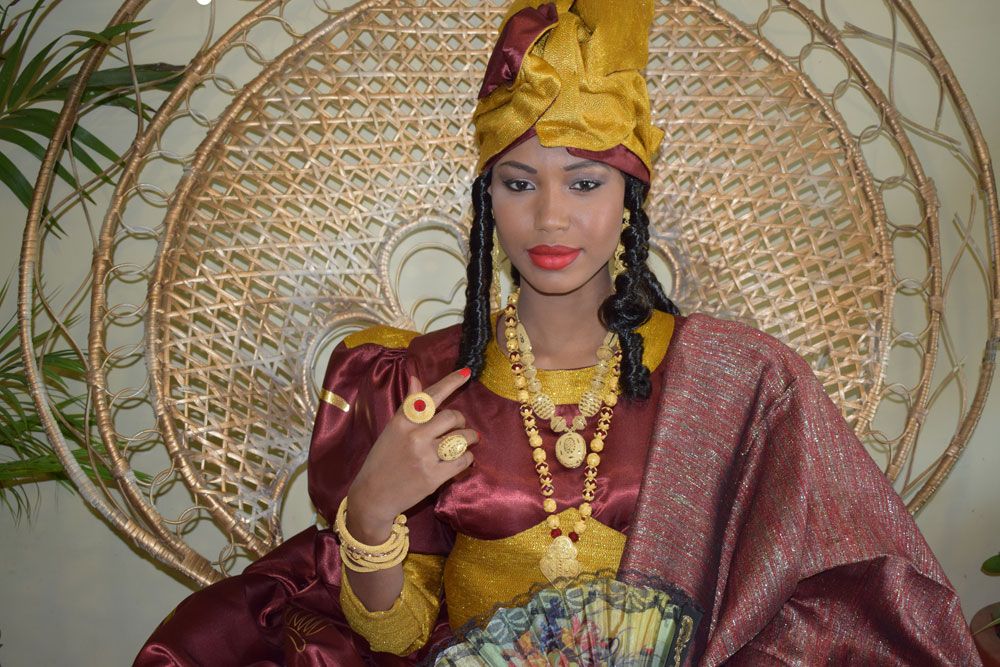
The model wears an elaborately woven red and gold headdress, meticulously worked fabric and stunningly intricate gold jewelry including earrings, bracelets and pendants. Many signares preferred red, and the outfits kept them completely covered so that they could maintain their light skin. Sy’s design included even the undergarments worn by the signares, who wore belts and other special clothing to seduce their men, including hidden bracelets and toe rings. Through a translator, Sy explains in French how she feels about having her vision of what she calls “the queens of gold” on display here.
“I am very honored to have the model here and to expose it. It is something that really is integrated into the life and if you’re in Senegal you’ll see images of the signares and this old traditional way. It’s part of our culture,” Sy explains, “It’s a beautiful part of our culture that people cherish even though it has a little bit of a raunchy origin.”
The museum’s director, Gus Casley-Hayford, says “Good as Gold” made him think about his family, and his grandfather who was gold trader in Sierra Leone. He used to bring home small bags of gold dust and gold nuggets to his wife, who would go and find a jeweler to make them into glorious pieces.
“It’s a pervasive thing you feel in West Africa . . . the importance of the family narrative and it’s something that is celebrated through gold in such a glorious way,” Casley-Hayford says. “It could be well worn. And yet, the fact that it was well-worn actually seemed to add to its value. . . It could be passed down over generations and feel both old and renewed through the process. For me, gold is like a wonderful story that is only enhanced through the retelling.”
“Good as Gold: Fashioning Senegalese Women,” curated by Amanda Maples and Kevin D. Dumouchelle, is on view at the Smithsonian’s National Museum of African Art in Washington, D.C. through September 29, 2019.
/https://tf-cmsv2-smithsonianmag-media.s3.amazonaws.com/accounts/headshot/allison.png)
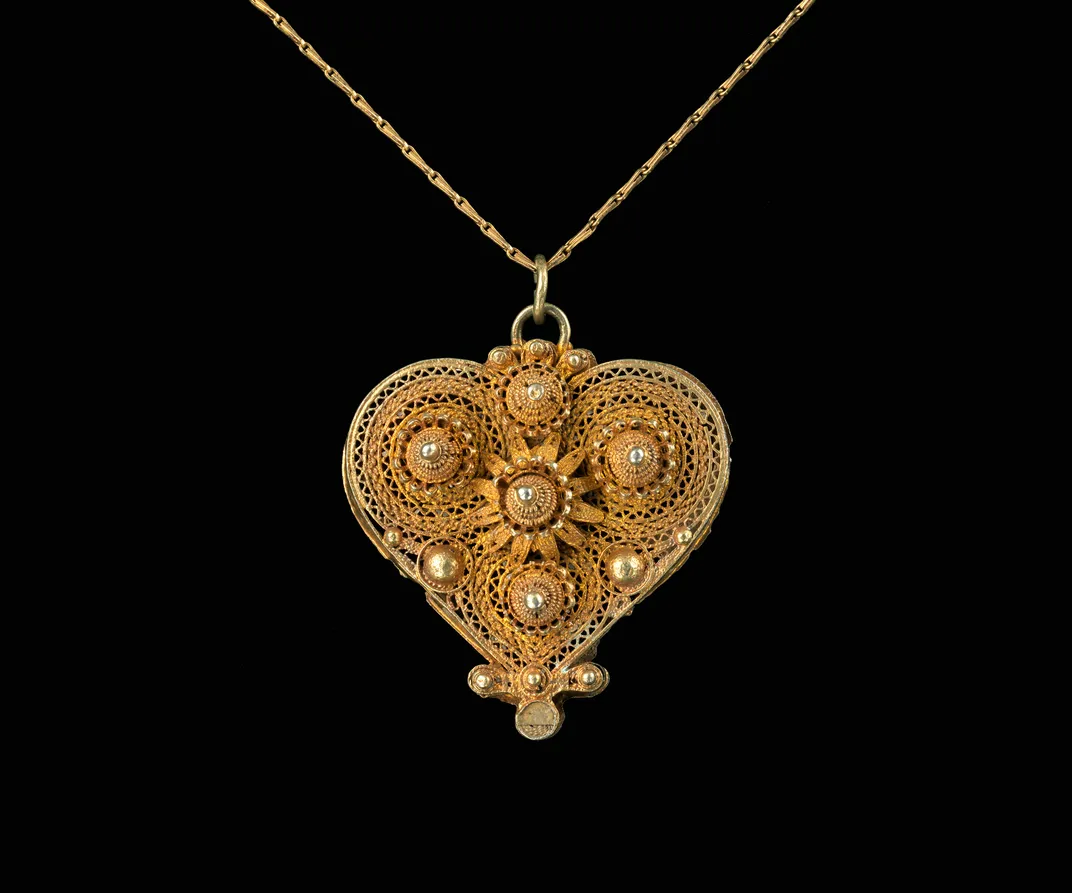
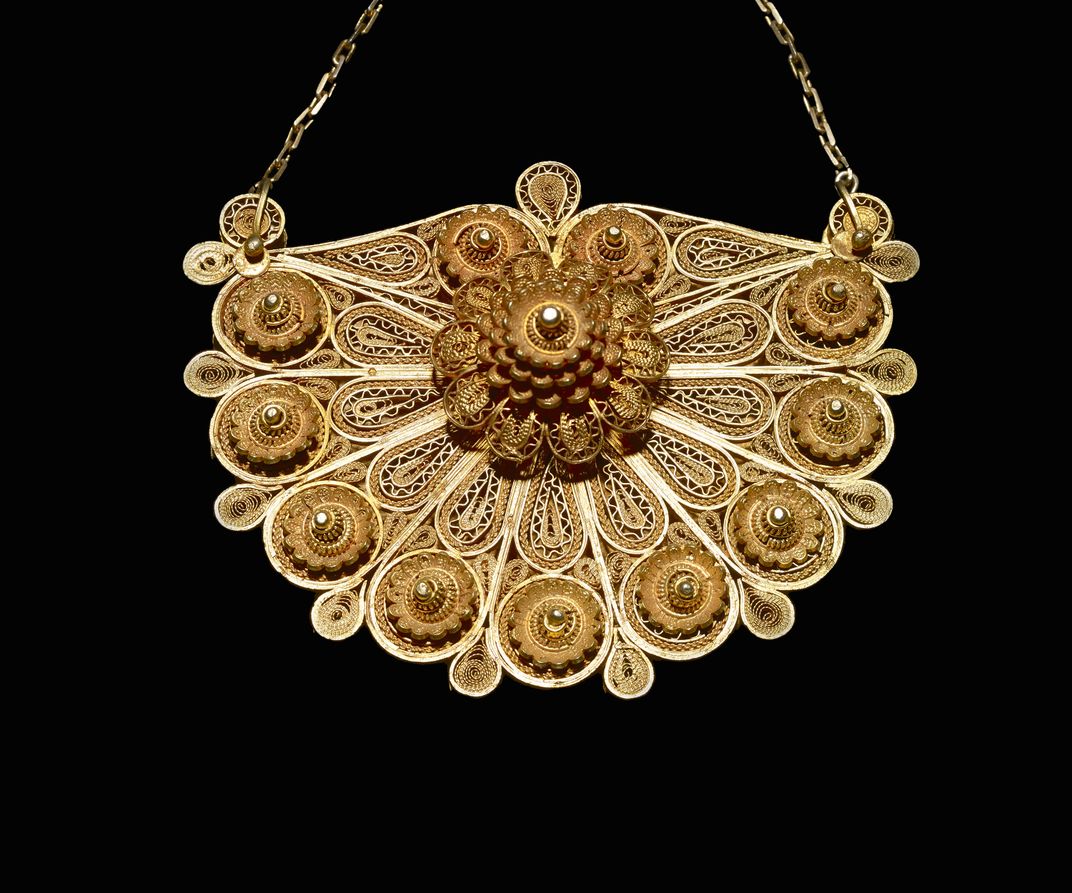
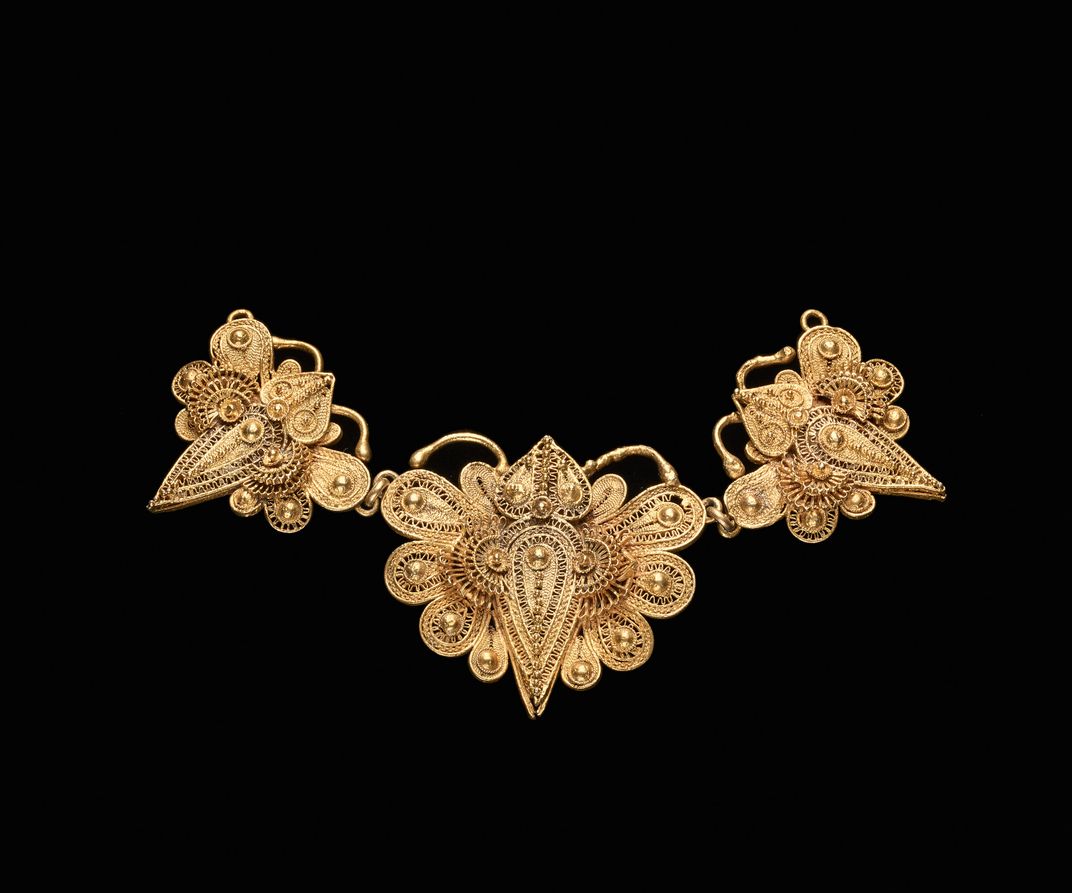
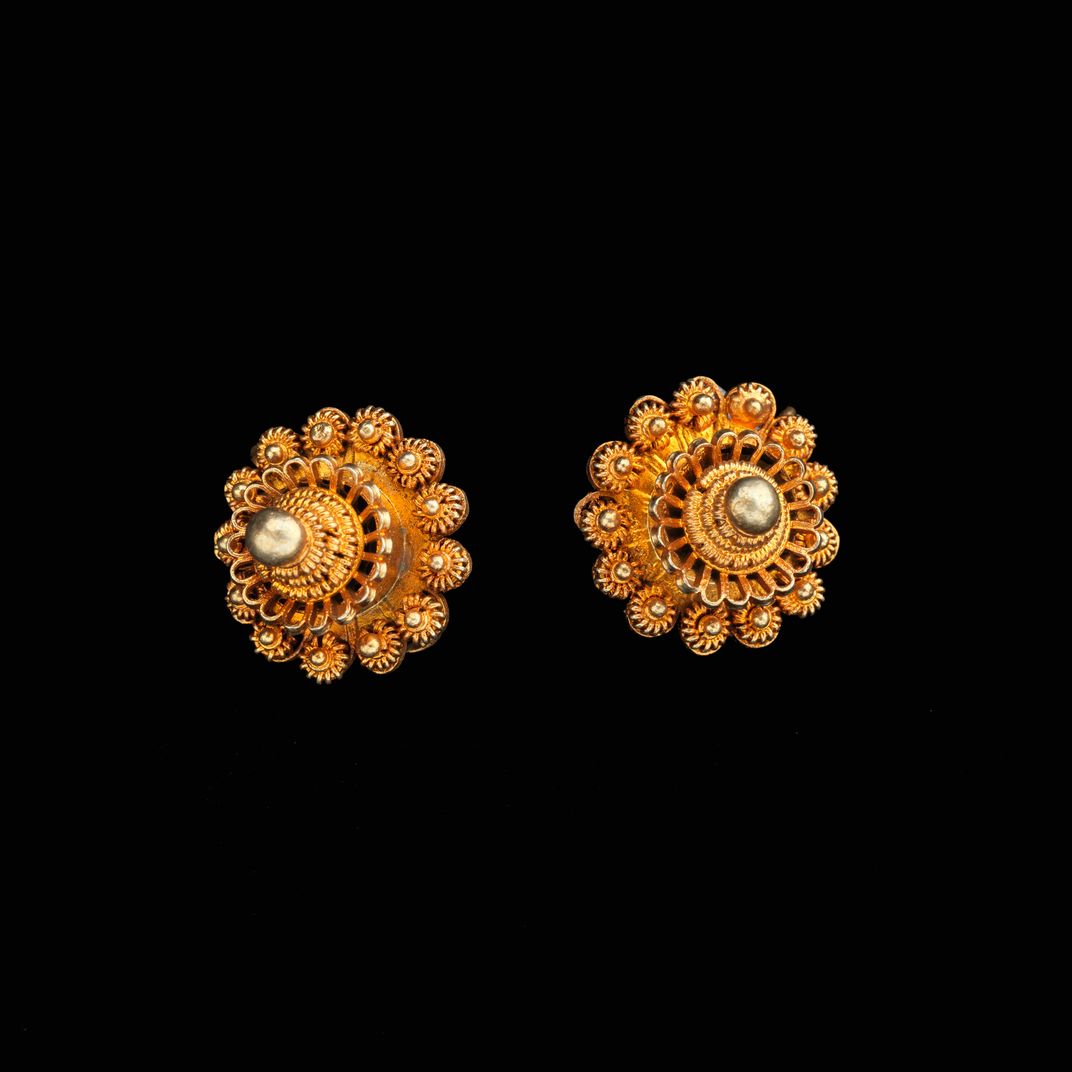
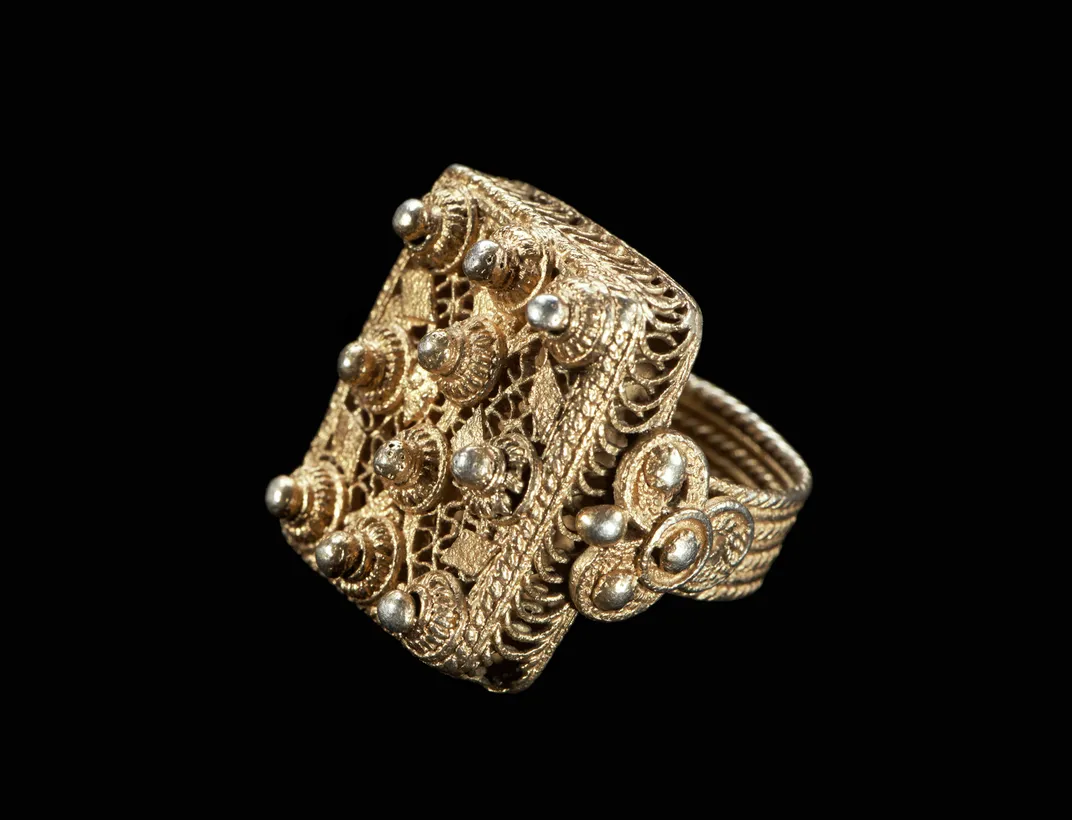
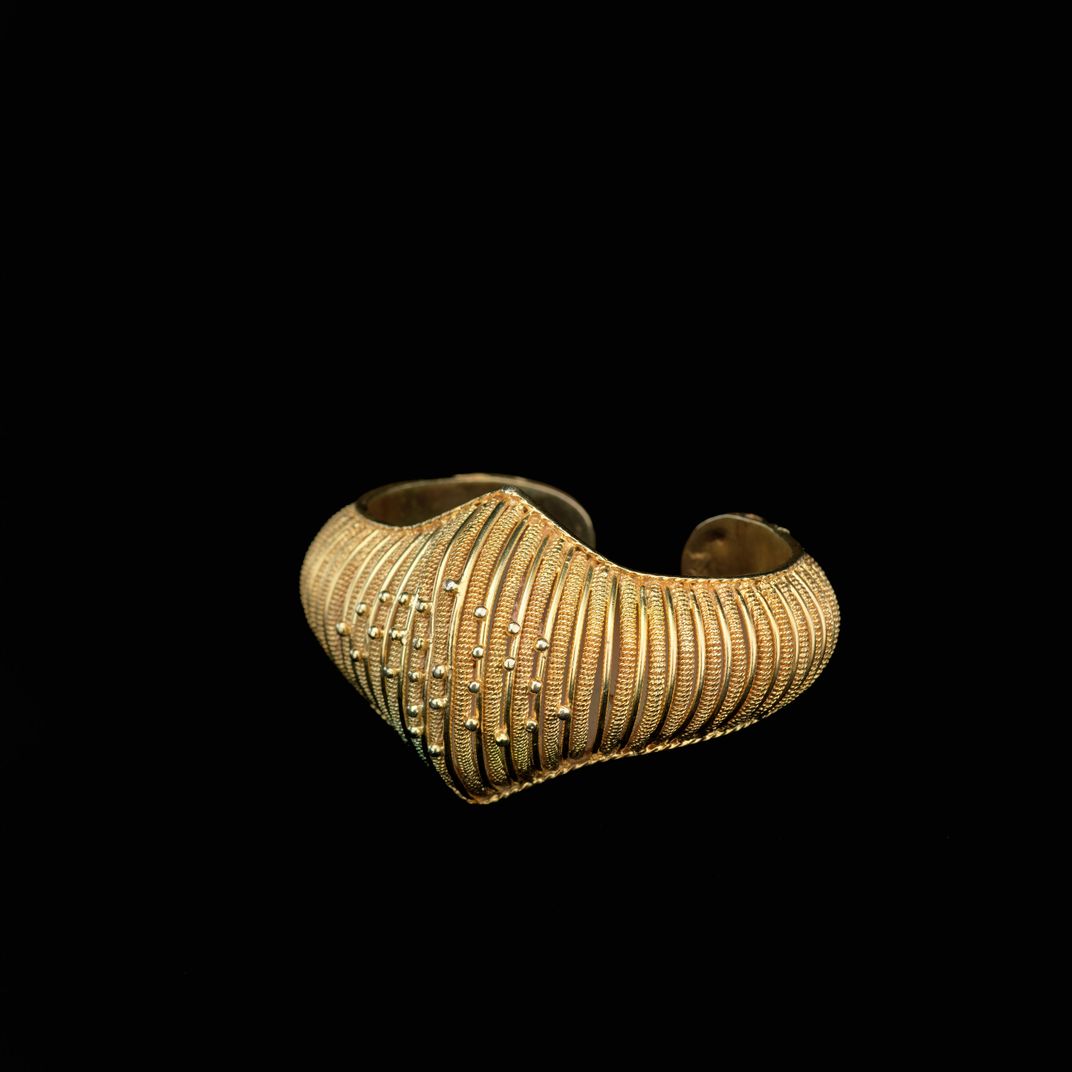
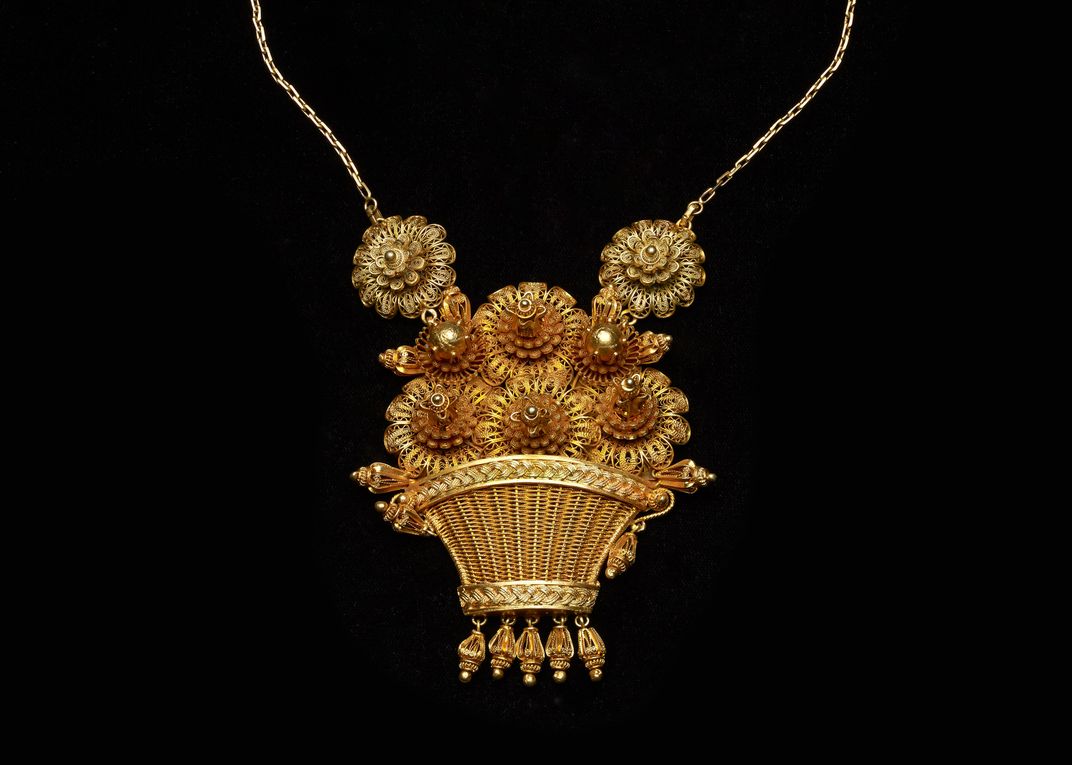
/https://tf-cmsv2-smithsonianmag-media.s3.amazonaws.com/accounts/headshot/allison.png)